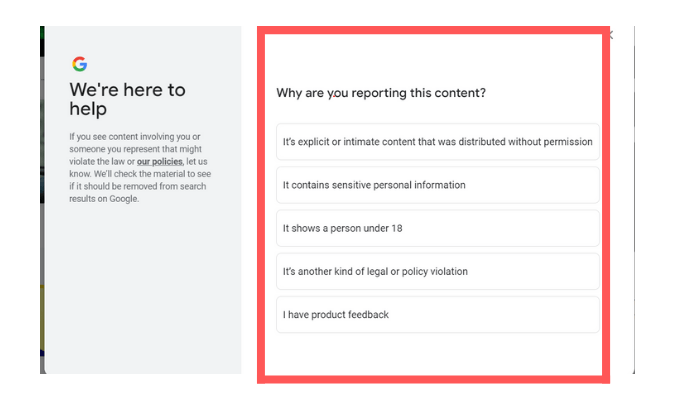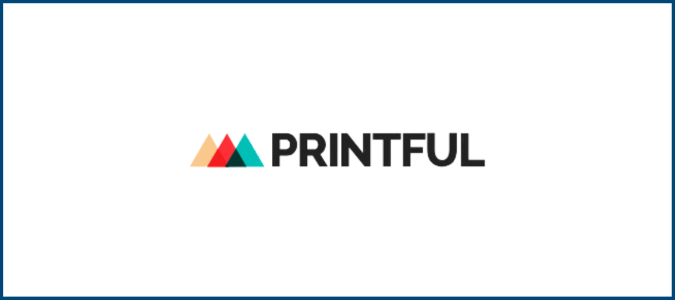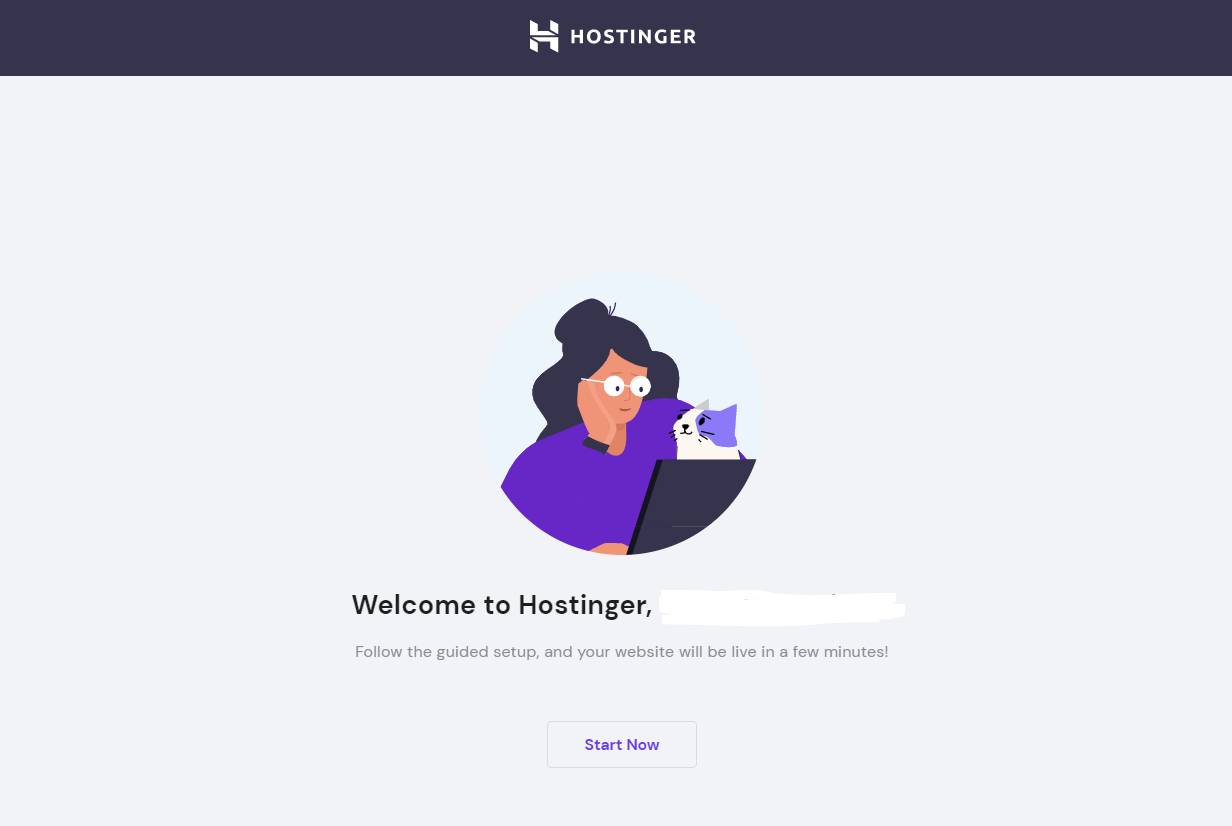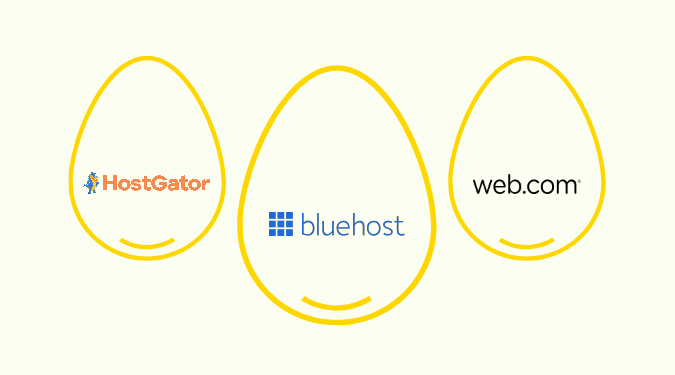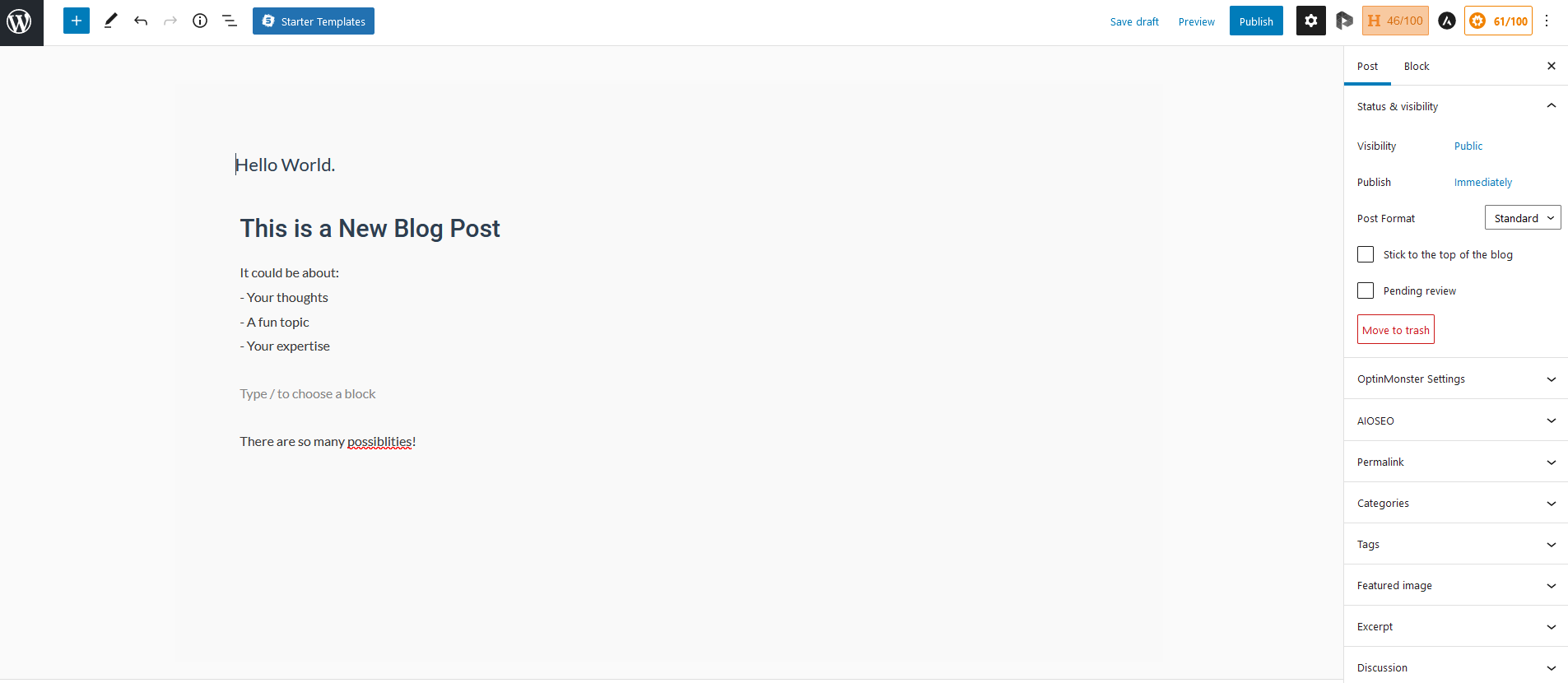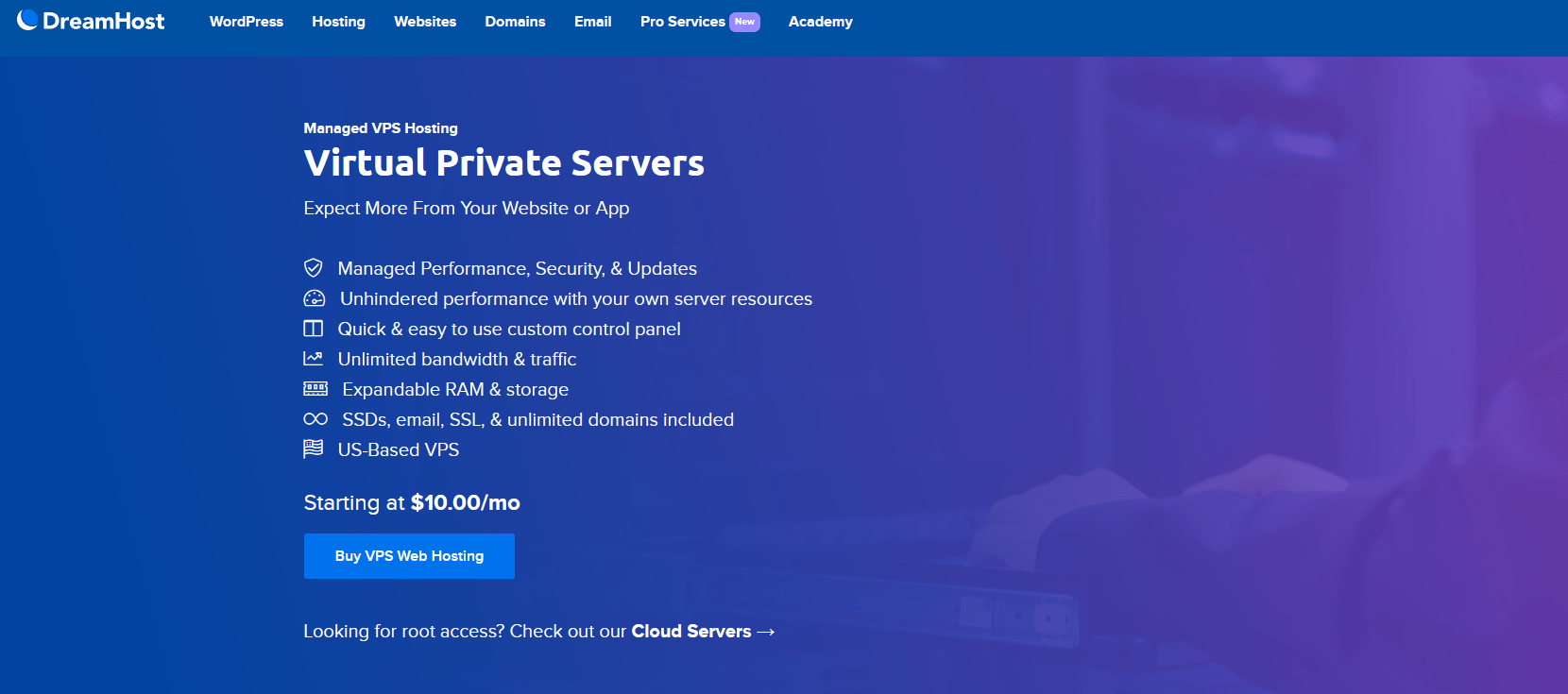With over two million merchants selling in more than 170 countries, Shopify is one of the most popular ecommerce platforms in the world. An online store is an online store–so why do so many choose Shopify over competitors, even ones that offer a lower price? Although it’s not our top choice overall, it still has a lot going for it—especially if it’s ecommerce you’re focused on and you’re willing to pay top dollar. Keep reading to learn all about Shopify’s benefits, tradeoffs, pricing, and how it compares with other leading ecommerce solutions.
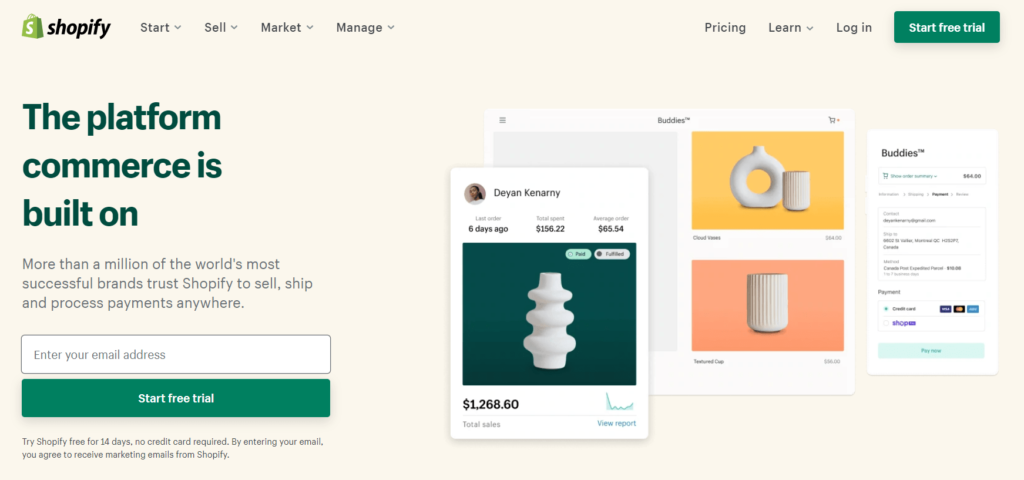
Compare Shopify to The Best Ecommerce Website Builders
Thousands of ecommerce businesses swear by Shopify, and although we think Bluehost is the best ecommerce website builder for most people, Shopify is still a strong all-inclusive ecommerce solution with a lot to offer. After testing and researching a dozen ecommerce builders, we found it to be one of our top picks, getting edged out by Bluehost and Web.com in a few key areas. But if you only care about ecommerce, want all the ecommerce bells and whistles to run your store, and are willing to pay a premium, then you really can’t go wrong with Shopify. Sign up for a 14-day free trial of Shopify today.
You can read our full review of the best ecommerce website builders to get a better sense of why Bluehost, Web.com, and Shopify are some of the best options out there:
- Bluehost – Best ecommerce website builder overall
- Web.com – Most powerful fulfillment & inventory features
- Shopify – Best all-in-one ecommerce solution
- Wix – Best for quick implementation
- BigCommerce – Best for rapid scaling
- Squarespace – Best for showcasing and selling creative work
- Weebly – Best for small stores that want to stay small
- Shift4Shop – Best for limitless customization
There are certainly cheaper ecommerce website builders out there than Shopify, but you’re not going to get the 24/7 customer service, built-in payment processor, beginner-friendly tools, or massive list of integrations with other products. Out of the box, nothing is going to work as well as Shopify.
Shopify: The Good and The Bad
The Good
Plug-and-Play Ecommerce: You can start selling very quickly as a small business on Shopify. Everything you need is included: hosting, website builder, payment gateway, order tracking, and marketing tools. There’s no complex installation process or wait time to start using the payment processor.
With other platforms, you may have to get web hosting, set up SSL certificates, install ecommerce plugins, and so on. Shopify handles all of this, so you don’t have to.
Discounts: To create stronger customer relationships and improve ecommerce marketing, Shopify users can offer their customers discounts. Users can promote sales on products, set up automatic discounts, and make discount codes.
When a specific product has been added to a customer’s shopping cart, users can set up an automatic discount trigger without needing a code. Users can set up specific sales on products, showing customers the original price of the product. This ensures them that they are getting a good deal and helps with customer conversion.

When creating a manual discount, users can set it up as a percentage of a product’s price or as a fixed amount. A discount code can be modified to go into effect depending on variables like a customer’s minimum order amount, the number of times the code can be used, what product collections the discount applies to, and the date range for which it is valid.
Sales Channels: Shopify is not the only platform that can be used to sell products. Shopify’s Sales Channels feature lets users download outside sales channels. Third-party channels like Instagram, Amazon, Facebook, Messenger, and Handshake can be used to sell products. These channels can be integrated through Shopify’s app store.
Shopify Point-of-Sale uses physical hardware and computer software to merge storefront locations with online stores. If a business is selling to another business, Shopify Plus’s wholesale channel is a great option. For third-party websites, users can implement the “Buy Button” to instantly turn the site into an online store.
Experts Marketplace: Shopify lets users hire third-party agencies and freelancers to help them operate their businesses. The Expert Marketplace is there for any user who needs help with store setup, troubleshooting, branding, content writing, sales, or marketing. This helps new business owners relieve stress by outsourcing activities they would prefer not to do.
Extra Support: Helpful customer support is essential when running an online store. If a store is broken, it may be unable to sell products until it’s fixed. If a user needs help with support, Shopify gives him or her four contact options. Shopify’s agents are available 24/7 via phone, chat, email, or Twitter. This ensures user issues are resolved quickly and effectively.

In addition to excellent customer support, Shopify provides users with a knowledge base, FAQ page, and help forum. The help forum allows users to interact and create creative solutions to common problems. Shopify’s help center educates users through video tutorials, descriptions, and ecommerce definitions.
Different Product Types: Shopify has different features and settings depending on if a user is selling a physical product or a digital one. Users can set up drop shipping stores, manage shipping, and fulfill orders when selling physical products. Users can distribute products with a downloadable link or by sending an email when selling digitally.
Multiple Payment Options: Every website builder plan lets you start selling online immediately with Shopify Payments–no third-party app necessary. Shopify customers can send money in a variety of ways, including credit cards, Amazon Pay, Apple Pay, PayPal, and cryptocurrencies. For a more efficient check-out process, Shop Pay allows customers to input their shipping and payment information to decrease the number of steps needed to make another purchase.
Shopify users can select one of the countless third-party payment providers available. Customers will be redirected to an outside website when using an external payment provider. However, they will be able to pay directly on a user’s website if he or she is using a direct payment provider. To bypass fees, Shopify Payments can be used instead.
Reporting and Analytics: Shopify reports allow users to see important sales, marketing, and customer information. Its analytical tools help users determine critical insights about their customers and track recent business activity. Shopify users can have a full understanding of how their business is performing with data on total business growth and daily website traffic.
Abandoned Cart Recovery: Abandoned cart recovery is a highly effective way to drip on customers who procrastinate or get distracted while shopping on a site. If a customer leaves anything in his or her shopping cart, this feature can be used to retarget them via email. This can be set up automatically and scheduled to be sent at strategic times.
The Bad
Total Monthly Price: Shopify can get expensive, depending on what you need. Yes, the monthly subscription is very competitive, but the price can go up with apps, plugins, and fees from third-party payment processors. This is basically the scenario with all ecommerce platforms, but we want to call out the additional costs users may encounter.
Transition Difficulty: If a Shopify user is ready to move their online store to a new platform, they are in for an inconvenient transition. Shopify permanently removes online store data when an account is closed. Instead of helping users transition to a new platform, it locks them in by making it hard to switch. This is also common with ecommerce platforms but something to consider.
App Dependency: We love the range and diversity of the Shopify app store, but there are some tradeoffs that come with having so many of the very best features available only as apps. You’ll have to keep apps updated, potentially renew subscription, and ensure that the apps don’t cause problems. If you use too many apps, it’ll slow down (or break) your site.
Shopify Pricing and Options

If you sell online, Shopify has a plan that will meet your needs and budget:
- Shopify Starter – starting at $5 per month
- Basic– starting at $29 per month
- Shopify – starting at $79 per month
- Advanced – starting at $299 per month
- Shopify Plus – starting at $2,000 per month
When you sign up for a free three-day Shopify trial, you can use any of the features included with the Advanced plan. That gives you three days to test virtually any ecommerce feature, though you’ll have to sign up in order to start selling.
Enterprise users should reach out to Shopify to talk about migrating to Shopify Plus, which can take as few as 3-4 months to complete.
We’ll go over every Shopify plan here, starting with the lightest and most affordable.
Shopify Starter
For people who want to sell online without managing a full online store, Shopify Starter is the missing link. Seriously. For $5 per month, you can create links that go right to a Shopify checkout page.
Start selling immediately–from your social media profile, images you post, or even via text message. Anywhere you can put a link, you can make a sale.

Shopify Starter is lightweight by design. It’s an inexpensive, low-maintenance way for people to get into ecommerce.
There are no limits on how many product pages you can create. And as far as your customers are concerned, there’s nothing light or missing from their online shopping experience. Checkout is easy, speedy, and secure.
We highly recommend it for people with an audience who want to share their products. There is no easier or more affordable way to get started in ecommerce.
Basic
If you’re new to ecommerce but you want to launch an online store, the Basic Shopify tier is the best plan to start with. It gives each account two staff members with Shopify admin privileges. It gives users an ecommerce website and blog and lets them sell unlimited products.
Shopify’s sales channels allow users to sell on social media and online marketplaces. Its Locations feature lets users assign inventory to up to 1000 inventory locations, including retail stores or pop-ups. It includes discounted shipping rates of up to 77% from USPS, UPS, or DHL Express.
Other features include discount codes, manual order creation, free SSL certificates, gift cards, and abandoned cart recovery. It also includes fraud analysis, and lets users print shipping labels. It’s important to note there is a 2% fee when using a third-party payment provider.
For global business, users can sell in 133 different currencies. To ensure pricing consistency, users can round prices up or down. With Basic Shopify, users can sell in up to five different languages.
Basic is a great starting point for ecommerce newbies. It has all the essential features, including an ecommerce website, unlimited products, and sales channels.
Shopify
Shopify’s next plan is simply named “Shopify.” It’s intended for growing businesses that only have one retail store. It has everything included in Basic Shopify plus professional reports and USPS Priority Mail cubic pricing.
It allows five admins instead of two, and it also lets users assign inventory to up to 1000 locations. It has up to 88% discounted shipping with USPS, UPS, and DHL Express. Fees for third-party payment providers drop to 1%.
For global business, Shopify lets users create country-specific domains, so international SEO is optimized. It also lets users raise or lower product prices in different countries by customizing its overall percentage change.
Shopify costs more than double the amount of Basic. Besides a few additional features and lowered third-party payment fees, it is not considerably different. We think Shopify could do a better job of making its second plan more unique than Basic Shopify.
Advanced
Advanced Shopify is for growing businesses with more than two retail stores. It includes everything from Shopify plus advanced report building, third-party calculated shipping rates, and customizable international pricing per product.
Its third-party payment processing fees drop to 0.5%, and its limit on available Shopify admins raises to 15 users. It allows inventory assignment for up to 1000 locations.
Advanced is considerably higher priced than Shopify and Basic. It does allow way more available admins, and customizable pricing of each international product is a bonus. It’s important to evaluate your business needs before you decide if it’s worth paying the steeper price for the advanced plan.
Shopify Plus
If you have a large business needing enterprise-level solutions, Shopify Plus could be right for you. More than 10,000 leading brands, including Heinz, Staples, and Allbirds use Shopify Plus. While some ecommerce platforms can take up to a year to transition to, switching to Shopify Plus takes less than four months.
Shopify Plus’s Shop Pay provides up to 60% faster check-out times and up to 18% higher conversion rates. It uses modern technology like video, 3D media, and built-in AR when customers land on the product pages. Shopify Plus includes powerful automation and integration tools to create a smoother ecommerce experience.
Shopify Plus is a great platform that can be managed by a much smaller team compared to competitor platforms of this size. Users report high satisfaction and ease of use, and the platform sets itself apart from Shopify’s other plans.
Shopify POS
Shopify’s Point-of-Sale (POS) system is not one of its primary plans, but it’s worth mentioning. It is perfect for ecommerce businesses with a physical storefront. With Shopify POS, store owners receive a card reader, mobile barcode scanner, cash drawers, and a receipt printer. It includes a mobile app and lets users connect their physical location to their online store.

Shopify POS Lite is included for free with all Shopify plans. It includes a one-year warranty on hardware and accepts popular payment methods including American Express, Visa, and Mastercard. Shopify POS Pro can be purchased by adding $89 per month per location to an existing plan. It includes a two-year hardware warranty and omnichannel selling features.
Summary
When choosing the right ecommerce platform for your online store, you must know what you’re looking for. Shopify’s Sales Channels, Experts Marketplace, and Discount features are excellent additions to its platform. Avoid Shopify if you place extreme importance on content marketing. If you need extra support, Shopify has the agents and resources to solve your ecommerce issues.

